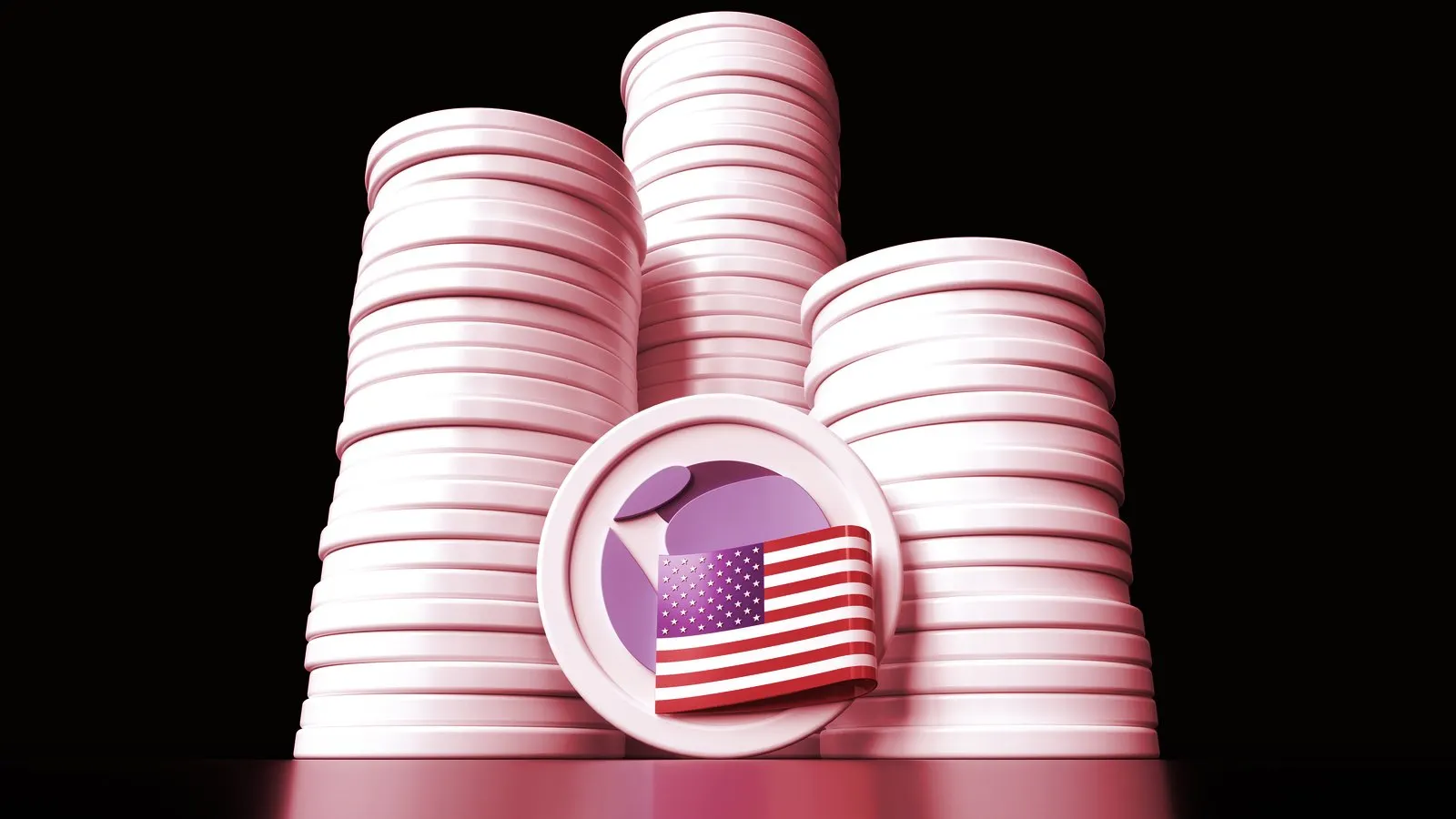The governance vote on Terra’s proposal 1747 to burn 1.388 billion UST stablecoins has passed.
This will reduce UST’s supply by roughly 11% of its total supply of 11.28 billion tokens, according to data from CoinMarketCap.
More than 99% of all 154 million votes supported the burn proposal. Less than 1% abstained, and roughly 10,000 voted against the proposal.

The primary objective behind the proposal is to reduce the bad debt within the Terra economy and help restore the stablecoin’s dollar peg by burning UST tokens from the community pool.
Of the total 1.388 Billion UST to be burned, the Terra community pool holds 1.017 billion UST, with the remaining 371 million UST coming from the cross-chain bridge on Ethereum. Terra’s community pool funds can only be used upon successful approval from the Terra community.
“If this proposal passes, the 1,017,233,195 UST from the Community Pool will be sent to the Community Core Burn module,” read the proposal. “Additionally, the 371 million cross-chain UST will be bridged back to Terra and burned.”
The mass burn is expected to reduce price pressure on LUNA caused by the inflated UST supply.
The proposal stated that burning UST tokens would help alleviate the peg pressure on the crashed algorithmic stablecoin. The high reward on on-chain swap spread (or arbitrage between UST and LUNA) is the primary cause of the economic burden on the Terra ecosystem, according to the proposal.
The current UST burn rate (the rate at which UST is burned for the dollar equivalent to LUNA) is too slow, making it difficult to eliminate the economic burden incurred by the ecosystem.
Hence the expedited manual burn, explained the proposal.
Unpacking Terra’s implosion
Earlier this month, the once-third largest stablecoin UST lost its dollar peg and never recovered.
Unlike popular stablecoins like Tether’s USDT and Circle’s USDC, Terra’s algorithmic stablecoin wasn’t backed by any assets. Algorithms and smart contracts instead governed its dollar-peg. The algorithm that kept UST at a dollar peg had been an arbitrage trade between UST and the project’s native LUNA token.
Whenever UST dropped below its peg, users could buy the discounted UST and swap (and burns, removing from circulation) with $1 worth of LUNA Classic and vice-versa.
When the Dollar-peg of UST dropped rapidly, this mechanism came undone, resulting in the swift increase of LUNA supply, crashing its value by 100%.
UST currently trades at $0.03, down 97% from its dollar peg.
Following the crash, Do Kwon, the cofounder and CEO of Terraform Labs, proposed to deploy a new blockchain and rename the existing blockchain as Terra Classic. It was also approved recently. The new iteration of Terra will not include an algorithmic stablecoin.

